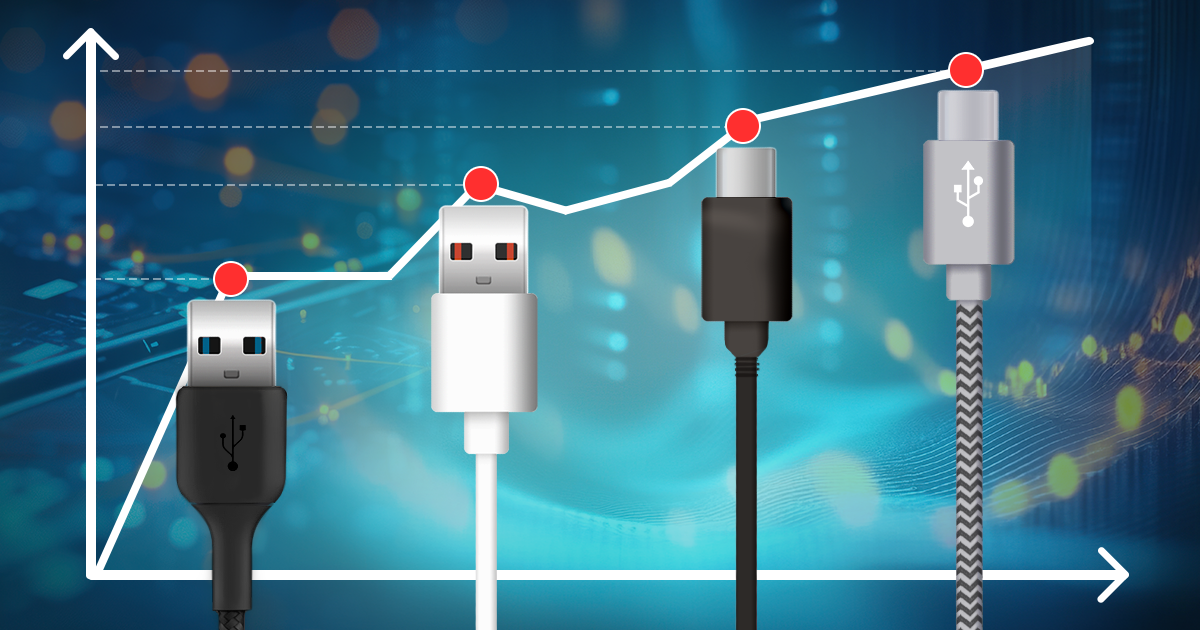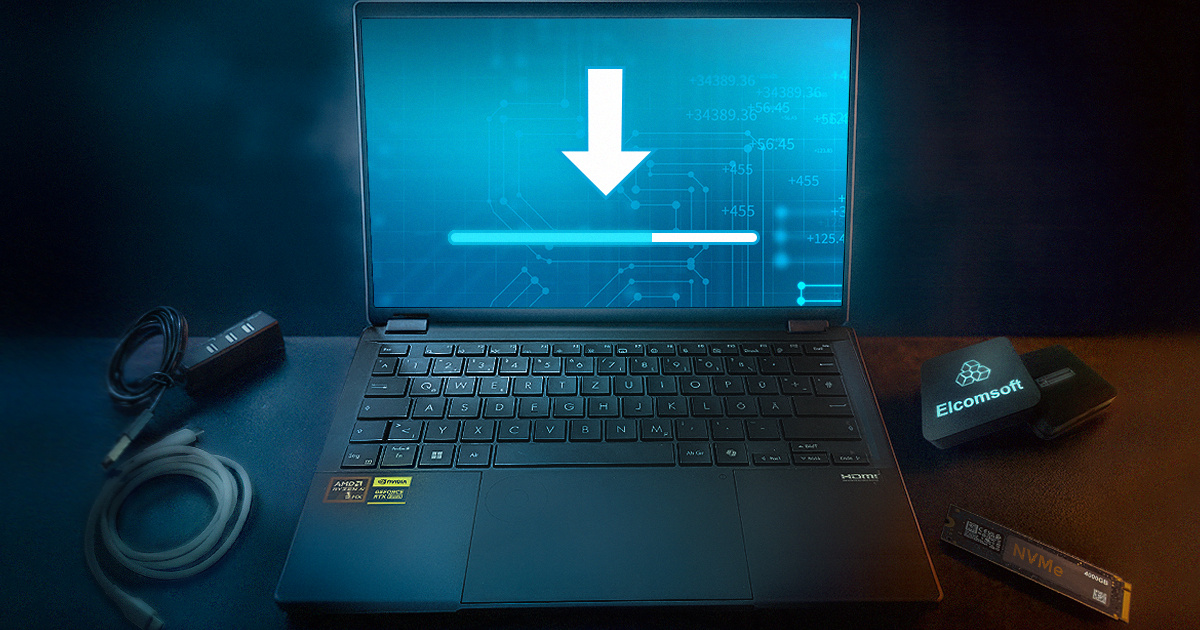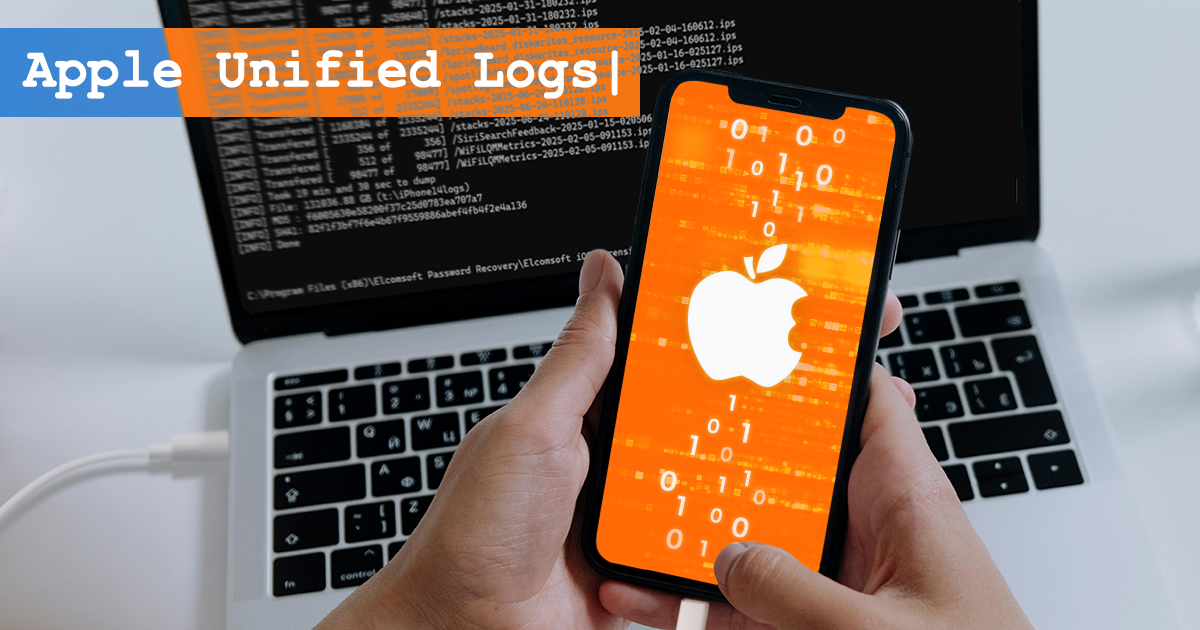Elcomsoft System Recovery 8.30 introduced the ability to break Windows Hello PIN codes on TPM-less computers. This, however, was just one of the many new features added to the updated release. Other features include the ability to detect Microsoft Azure accounts and LUKS2 encryption, as well as new filters for bootable forensic tools.
Encrypting a Windows system drive with BitLocker provides effective protection against unauthorized access, especially when paired with TPM. A hardware upgrade, firmware update or even a change in the computer’s UEFI BIOS may effectively lock you out, making your data inaccessible and the Windows system unbootable. How to prevent being locked out and how to restore access to the data if you are prompted to unlock the drive? Read along to find out.
BitLocker, BitLocker recovery key, disk encryption, EDPR, EFDD, ESR, recovery key, TPM, Windows, Windows 10, Windows 11
Windows 11 introduces increased account protection, passwordless sign-in and hardware-based security. What has been changed compared to Windows 10, how these changes affect forensic extraction and analysis, and to what extent can one overcome the TPM-based protection? Read along to find out!
Elcomsoft System Recovery speeds up in-field investigations by providing experts with a forensic tool they can use by booting a PC from a dedicated USB media. The recent update extended the functionality of the tool by adding three new forensic tools.
BestCrypt, developed by the Finnish company Jetico, is a cross-platform commercial disk encryption tool directly competing with BitLocker, FileVault 2 and VeraCrypt. Volume encryption is available for Windows and macOS. Learn how to break BestCrypt full-disk encryption by recovering the original password!
When accessing a locked system during an in-field investigation, speed is often the most important factor. However, maintaining digital chain of custody is just as if not more important in order to produce court admissible evidence. We are introducing new features in Elcomsoft System Recovery, our forensic triage tool, to help establish and maintain digital chain of custody throughout the investigation.
iMessage, Hangouts, Skype, Telegram, Signal, WhatsApp are familiar, while PalTalk, Pigin, Psi Jabber client, Gadu-Gadu, Gajim, Trillian, BigAnt or Brosix are relatively little known. The tools from the first group are not only more popular but infinitely more secure compared to the tools from the second group. In this publication we’ll review the authentication methods used by the various instant messengers, and attempt to extract a password to the user’s account.
AIMPR, ECX, EDPR, EIFT, EINPB, EPB, ESR, EXWA, instant messenger, Signal, Skype, Telegram, WhatsApp
Elcomsoft System Recovery is a perfect tool for digital field triage, enabling safer and more secure in-field investigations of live computers by booting from a dedicated USB media instead of using the installed OS. The recent update added a host of features to the already great tool, making it easier to examine the file system and extract passwords from the target computer.
Investigating a BitLocker-encrypted hard drive can be challenging, especially if the encryption keys are protected by the computer’s hardware protection, the TPM. In this article, we’ll talk about the protection that TPM chips provide to BitLocker volumes, and discuss vulnerabilities found in today’s TPM modules.
Accessing a locked system is always a challenge. Encrypted disks and encrypted virtual machines, encrypted files and passwords are just a few things to mention. In this article we are proposing a straightforward workflow for investigating computers in the field.


